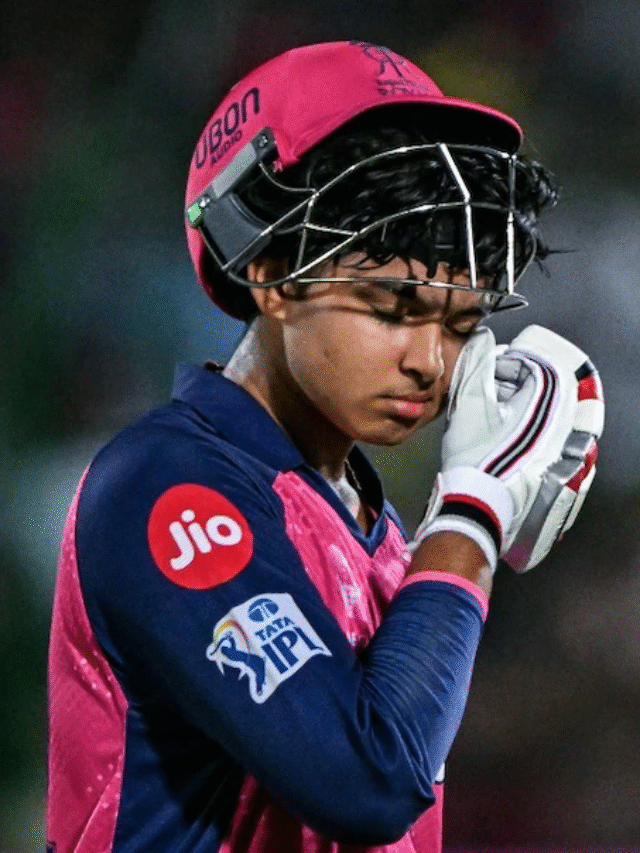While the structure of the forms largely remains unchanged, the updated forms reflect key changes introduced in the Finance Act. These include relief for taxpayers with small long-term capital gains (LTCG), a higher threshold for asset disclosure, and more detailed capital gains reporting.
ITR-1 (Sahaj): Now covers small LTCG
ITR-1, or Sahaj, remains applicable for resident individuals (excluding not ordinarily residents) with income up to ₹50 lakh from salary, one house property, and other sources.
In a welcome move, the new ITR-1 now also permits reporting of LTCG up to ₹1.25 lakh under Section 112A from listed equity shares or equity mutual funds.
ITR-2: Detailed capital gains reporting now mandatory
ITR-2, applicable to those with capital gains, multiple house properties, or foreign assets, now includes:
Separate LTCG reporting before and after July 23, 2024, due to new rules on indexation and tax rates.
Unlisted bonds/debentures must be reported distinctly based on holding periods.
Buyback proceeds after October 1, 2024, must be disclosed both under “Income from Other Sources” and as “Nil” consideration in the capital gains section.
Revised asset and liability threshold: Individuals with income above ₹1 crore (up from ₹50 lakh) must disclose assets and liabilities.
ITR-3: New tax regime choice and high-value transaction reporting
ITR-3, meant for individuals and HUFs with business/professional income, now requires:
Mandatory disclosure of tax regime selection (old or new) along with Form 10-IE or 10-IEA.
Expanded business disclosures including profits, losses, and foreign income/assets.
High-value transaction reporting for:
Cash deposits over ₹1 crore in current accounts,
Foreign travel expenses over ₹2 lakh,
Electricity bills over ₹1 lakh,
Credit card bills exceeding ₹10 lakh.
ITR-4 (Sugam): Relief extended to presumptive income filers
ITR-4, applicable to individuals, HUFs, and firms (excluding LLPs) under presumptive taxation schemes, has also been updated to allow reporting of LTCG under Section 112A up to ₹1.25 lakh.
ITR-V: Return verification form
ITR-V remains the verification form for those who do not e-verify their returns. Taxpayers must sign and send it to the CPC in Bengaluru within 30 days via speed post. Alternatively, e-verification can be done using Aadhaar OTP, net banking, or a validated bank/demat account.
ITR-6: Corporate filers must split capital gains, disclose buyback losses
ITR-6, notified via Gazette on May 6, 2025, applies to companies not claiming exemption under ITR-7. Major updates include:
Schedule-Capital Gain split for transactions before/after July 23, 2024.
Buyback-related capital losses allowed if corresponding dividend income is declared post October 1, 2024.
Updates for Section 44BBC (cruise operators) and profits from diamond sales (minimum 4% of gross receipts).
Detailed Schedule BP and TDS code disclosures now required.
ITR-7: New disclosure norms for trusts and institutions
Notified on May 9, 2025, ITR-7 is for charitable/religious trusts, political parties, research institutions, and other exempt entities under Sections 139(4A), 139(4B), 139(4C), or 139(4D).
Key changes include:
- Capital gains bifurcation before and after July 23, 2024.
- Buyback-related loss disclosures aligned with dividend income reporting.
- Section 24(b) deduction reporting for housing loan interest.
- TDS section code specification for better tax verification.






